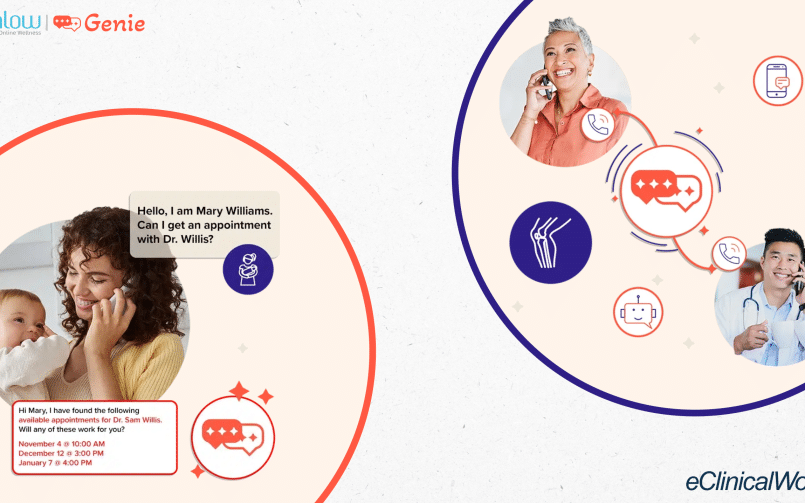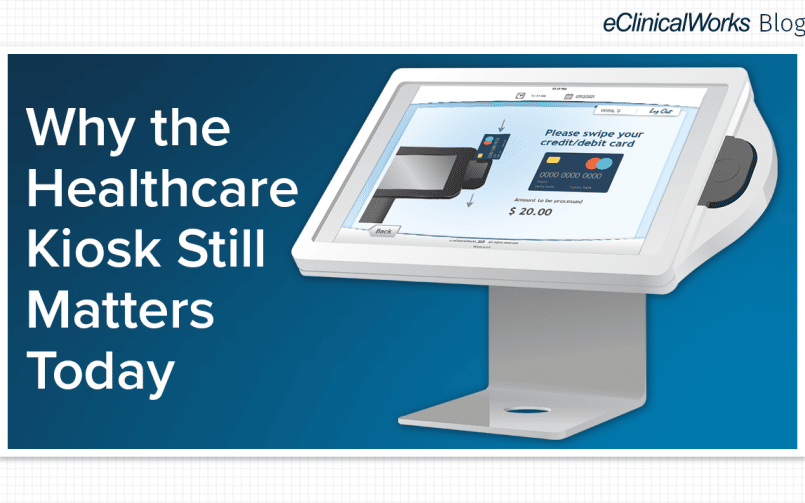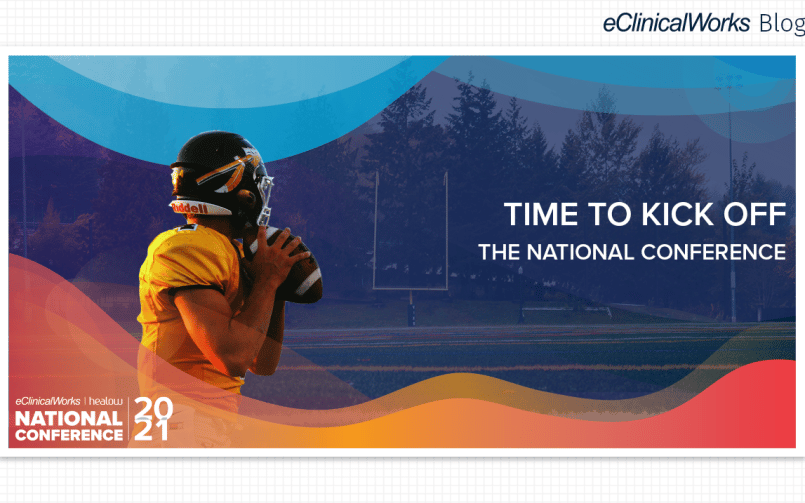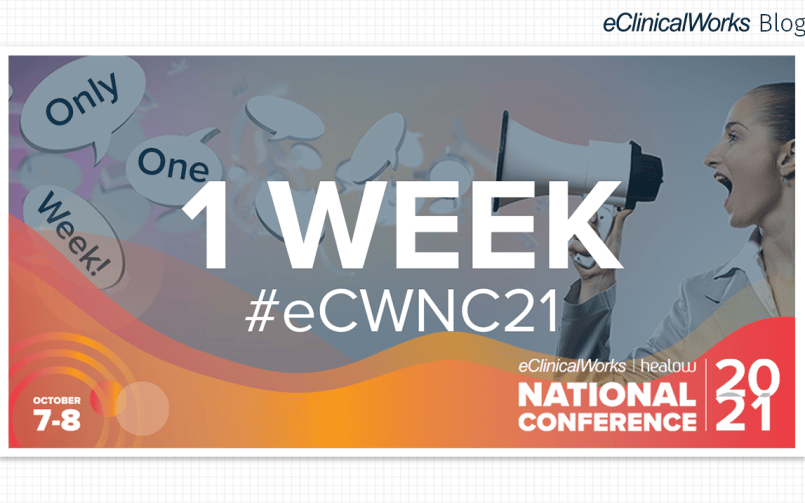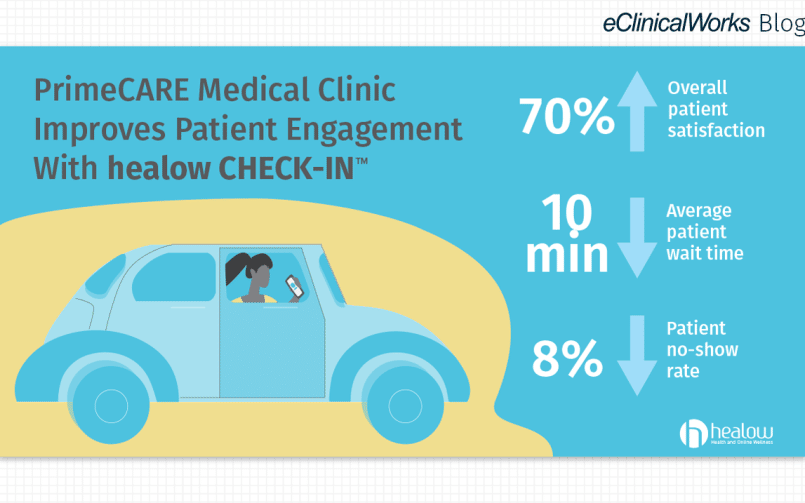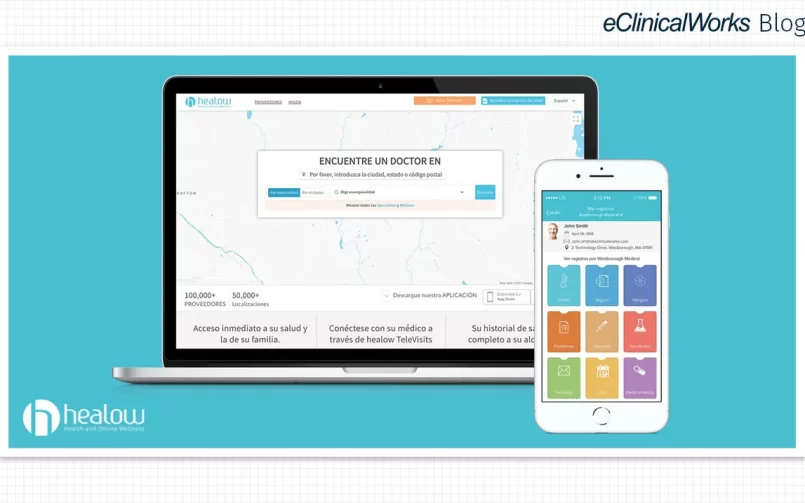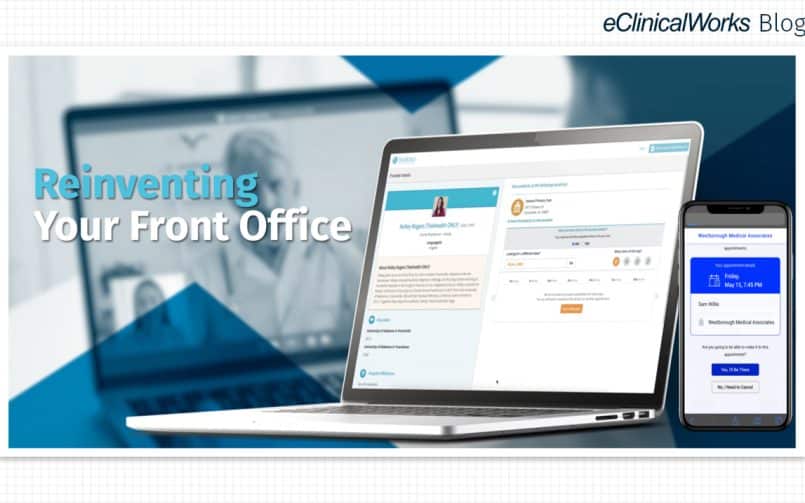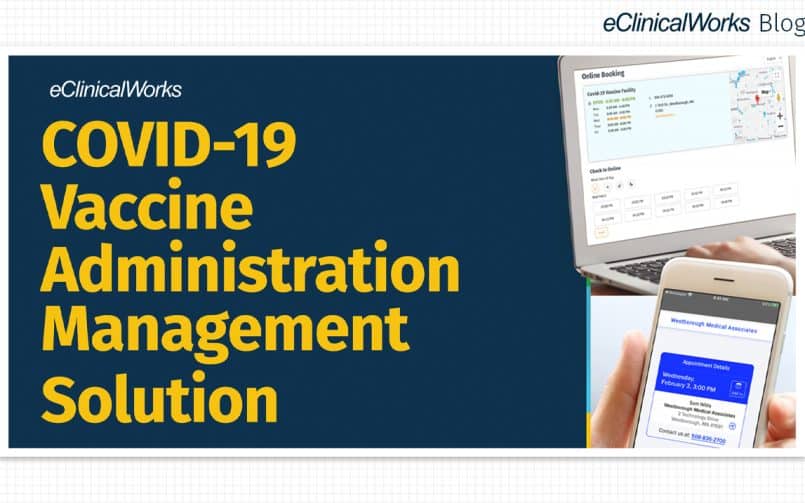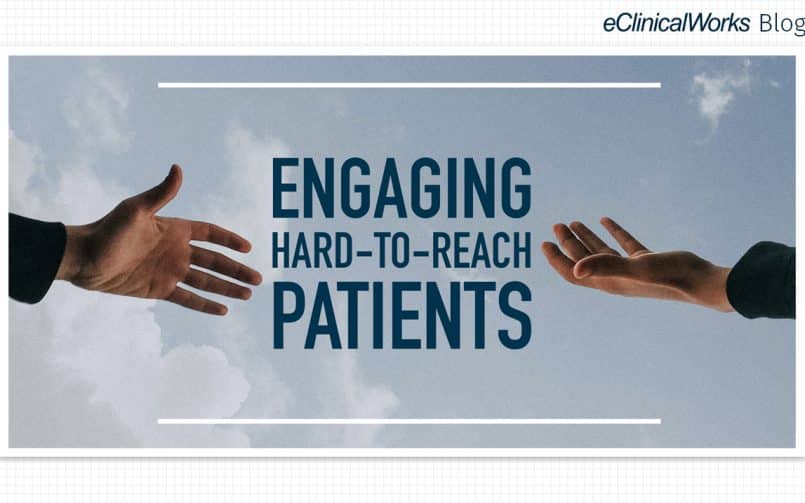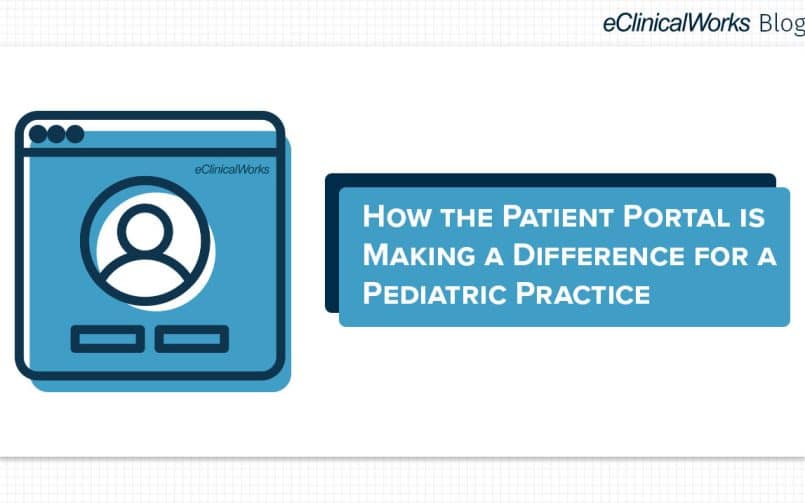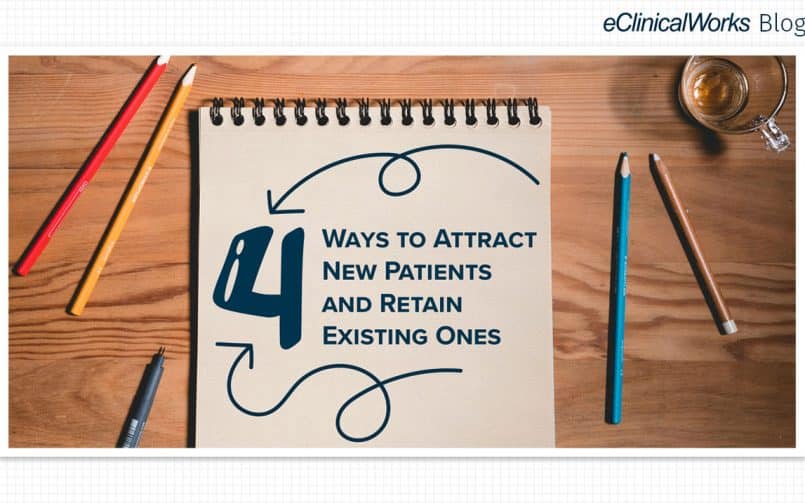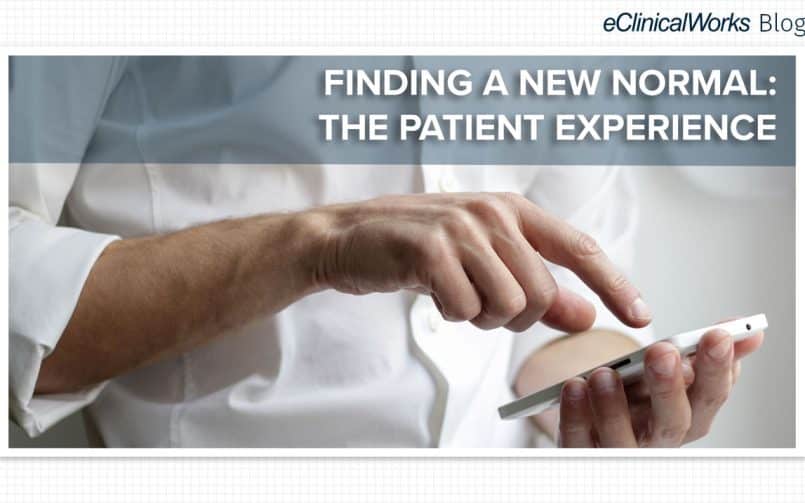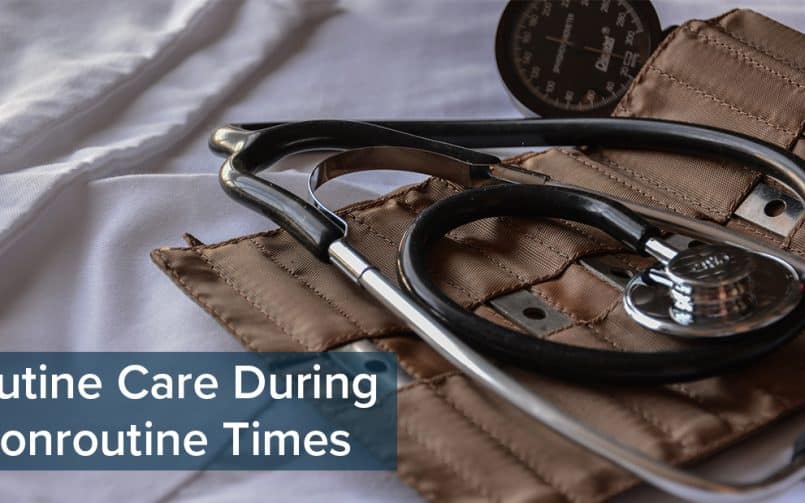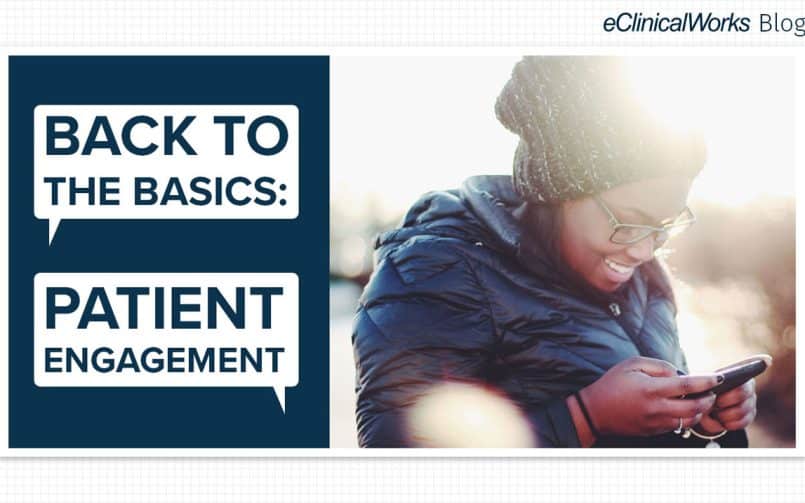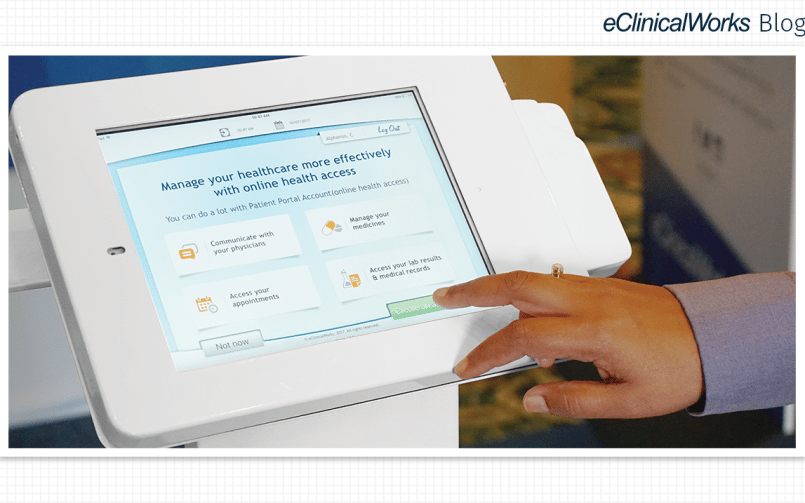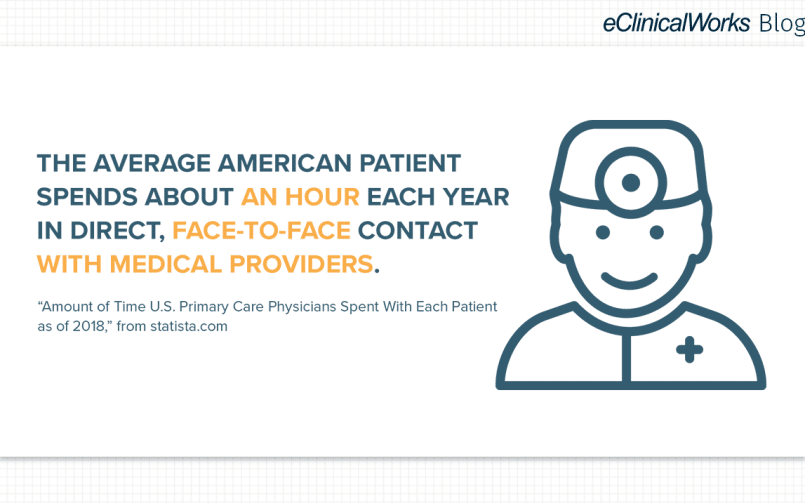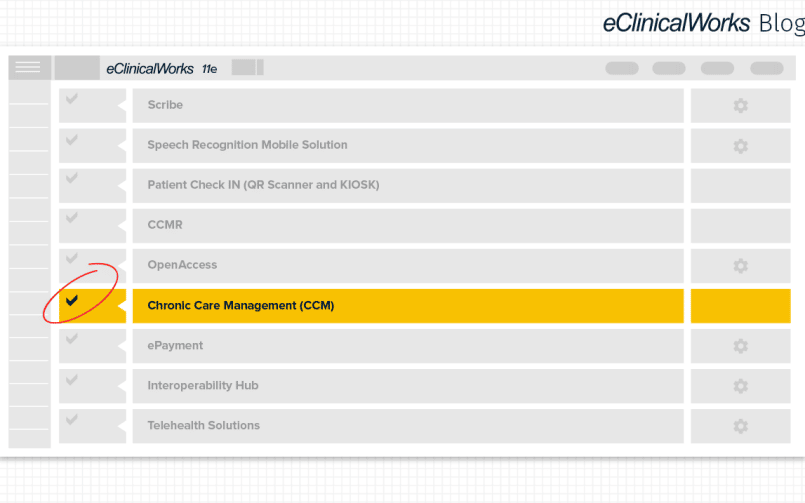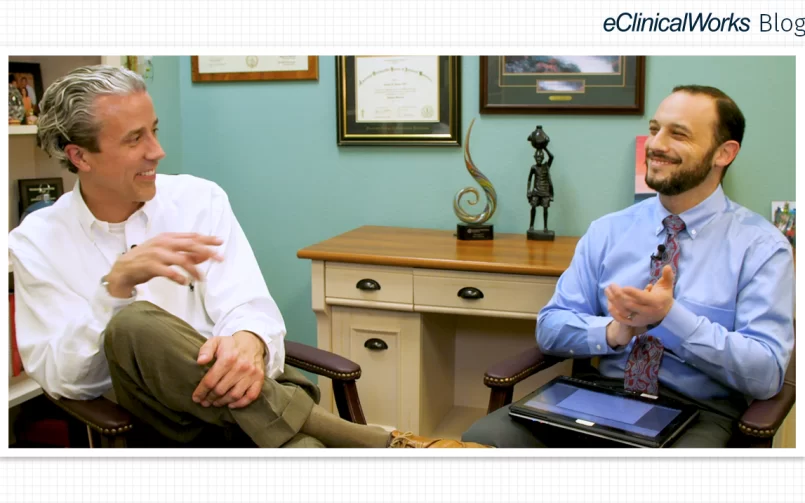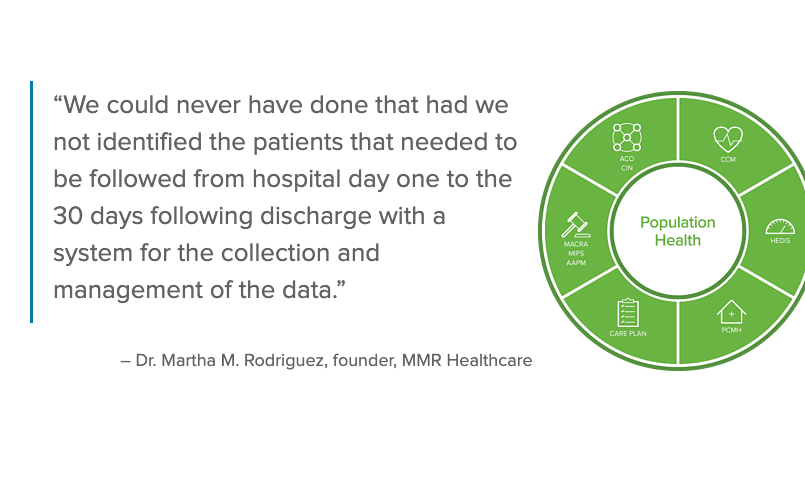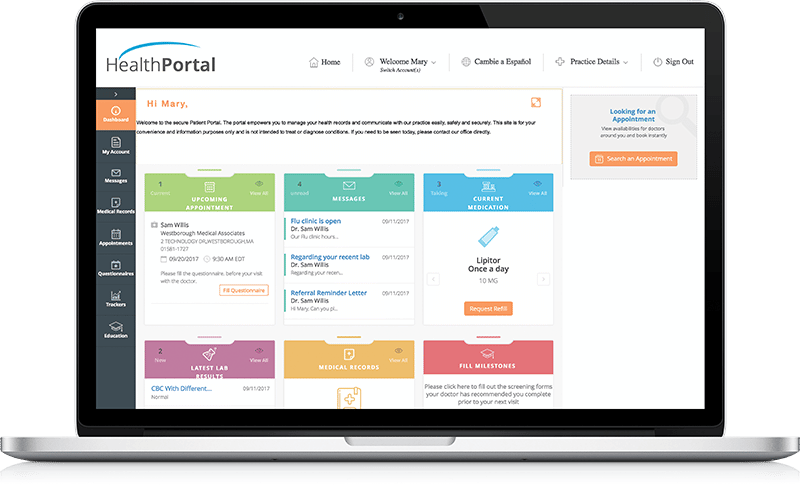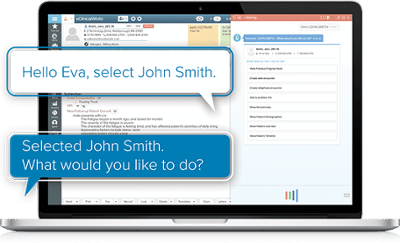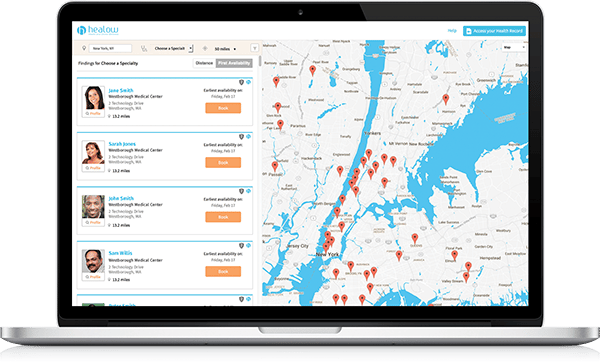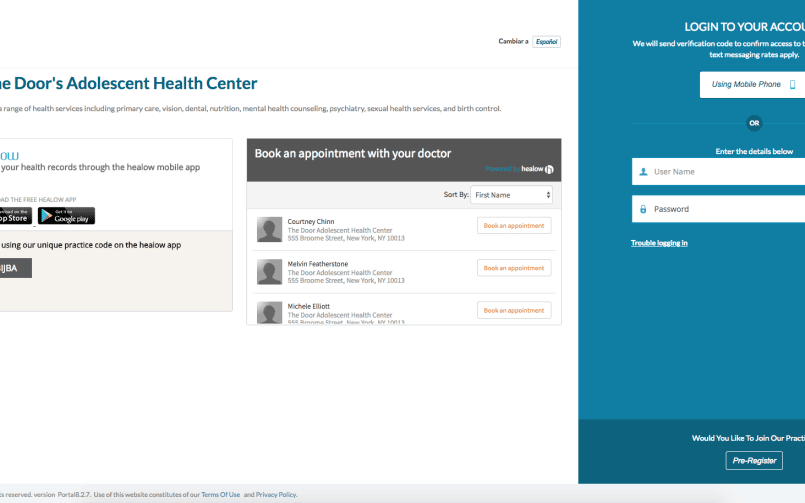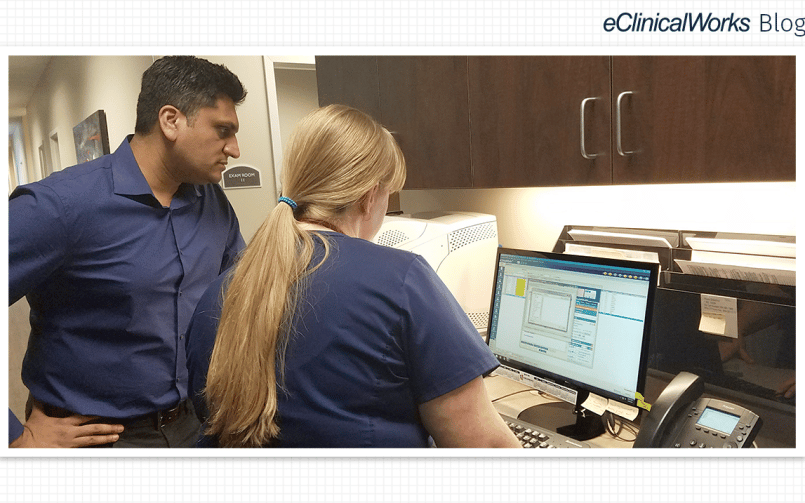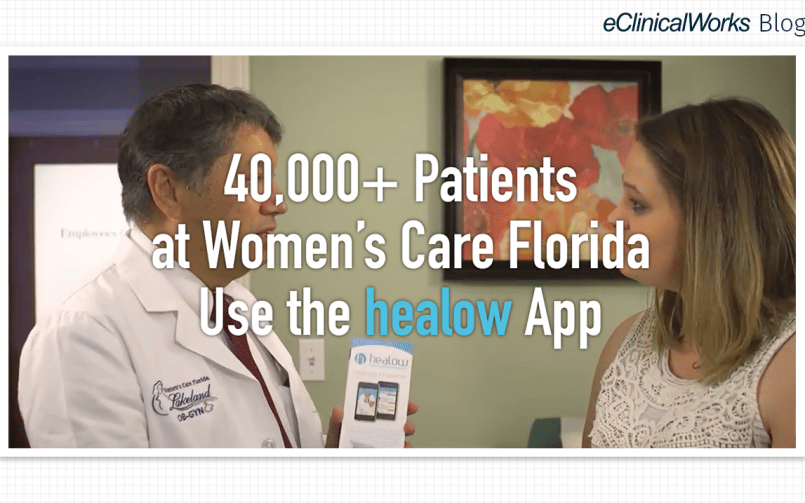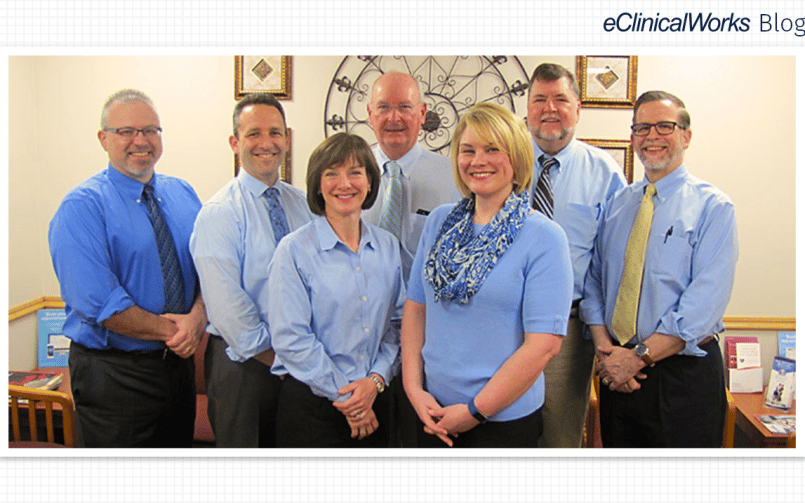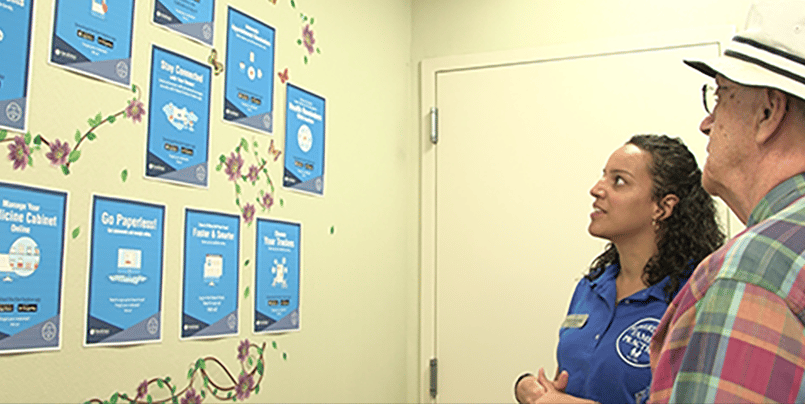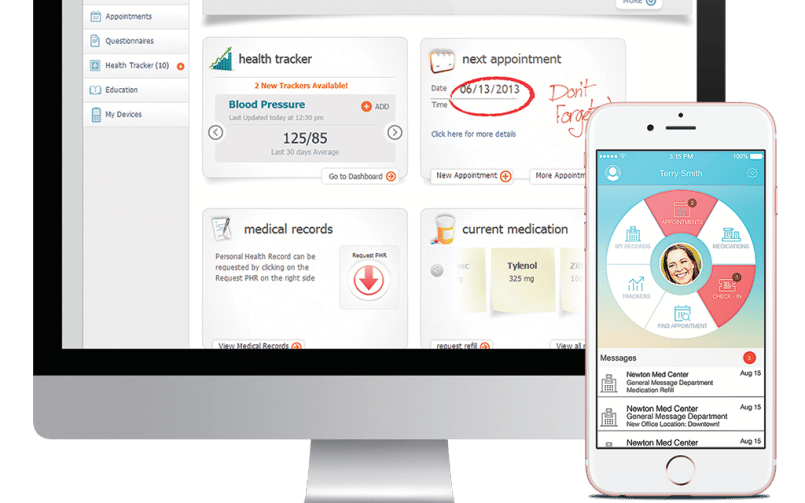Reducing No-Shows Through Simple Patient Engagement Strategies
- 23 March 2023
- Blog
eClinicalWorks
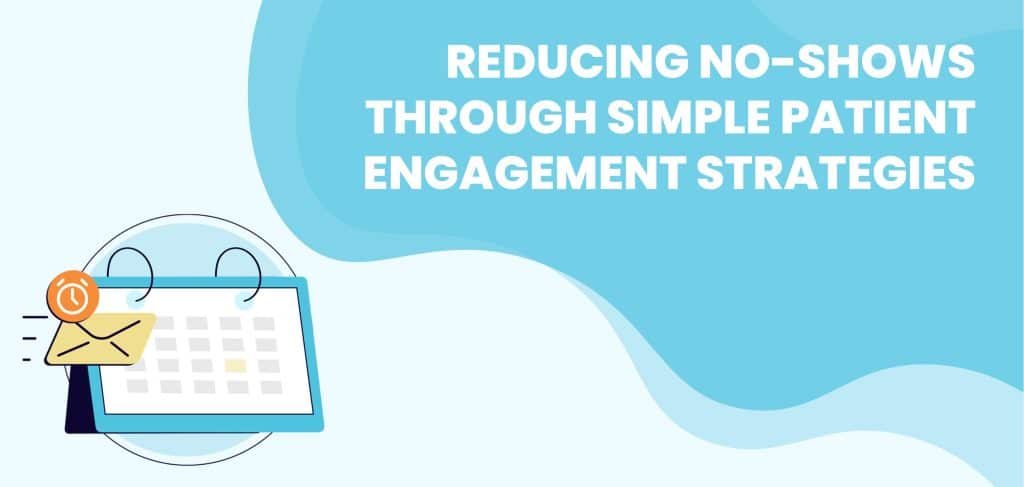
Introduction
Every medical practice experiences “no-shows” every week. These missed appointments have a severe negative impact on not only patient health outcomes, but also the financial health of a practice. One study shows that patients with physical health-related long-term conditions saw a three-fold increase in mortality compared to those who missed no appointments. The increase was more than eightfold for those patients with long-term mental health conditions.1
Financially speaking, according to Forbes2, “no-shows” can cost the U.S. healthcare system over $150 billion per year and costs practices on average about $50,000 per year.
Reasons For No-Shows
There are a variety of reasons why patients cancel, reschedule, or miss their appointments.
- Forgetfulness: Patients often have too much going on. Add pre-scheduled appointments to the mix, especially when booked weeks or months in advance and people are bound to forget.3
- Transportation issues: Patients may not own cars, especially in urban areas. Public transportation may be inconvenient or unreliable; the same applies to rides from friends or family.4
- Work obligations: Work or other commitments often take precedence over personal health, especially when it comes to outpatient care.3
- Lengthy wait times: Frequent experiences of over-prolonged wait times can drastically reduce satisfaction and interest in attending future appointments.5
Method
eClinicalWorks conducted a study to understand the efficacy of appointment reminders. The study covered the reviews of over 1,000 practices. The study tracked the rate at which patients attended their appointments without a reminder; with one text reminder up to four days before the appointment; a text reminder the day of the appointment; one same-day reminder accompanied by the ability to check in online; and a same-day reminder with online check-in and immediate online pay. For the purposes of this study, a “no-show” is defined as a missed appointment, a last-minute cancelation, or a last-minute reschedule.
Conclusion
The study results highlight the significant reduction a practice will experience with a robust and comprehensive text reminder strategy.
- The study found that if there is no appointment reminder, the rate of “no-shows” is 33%. That’s 33% of patients who did not attend their appointment.
- When the patient receives a text reminder 1-4 days before their appointment, the “no-show” rate improves to 27%.
- The “no-show” rate drops to 19% when the patient receives a same-day text reminder.
- When the patient receives a same-day text reminder plus the ability to check in online, there is a further reduction in “no-shows,” down to 9%.
- When the patient receives a same-day text reminder, the ability to check in online and pay online, “no-shows” drop to just 4%, virtually eliminating “no-shows” altogether.
No-Shows? No More.
An impactful appointment reminder strategy that reduces “no-shows” can be a significant benefit to both patients and practices: patients will benefit from better health outcomes due to better attendance of their appointments; practices will benefit financially from better-attended appointments with additional income of about $50,000 a year.6
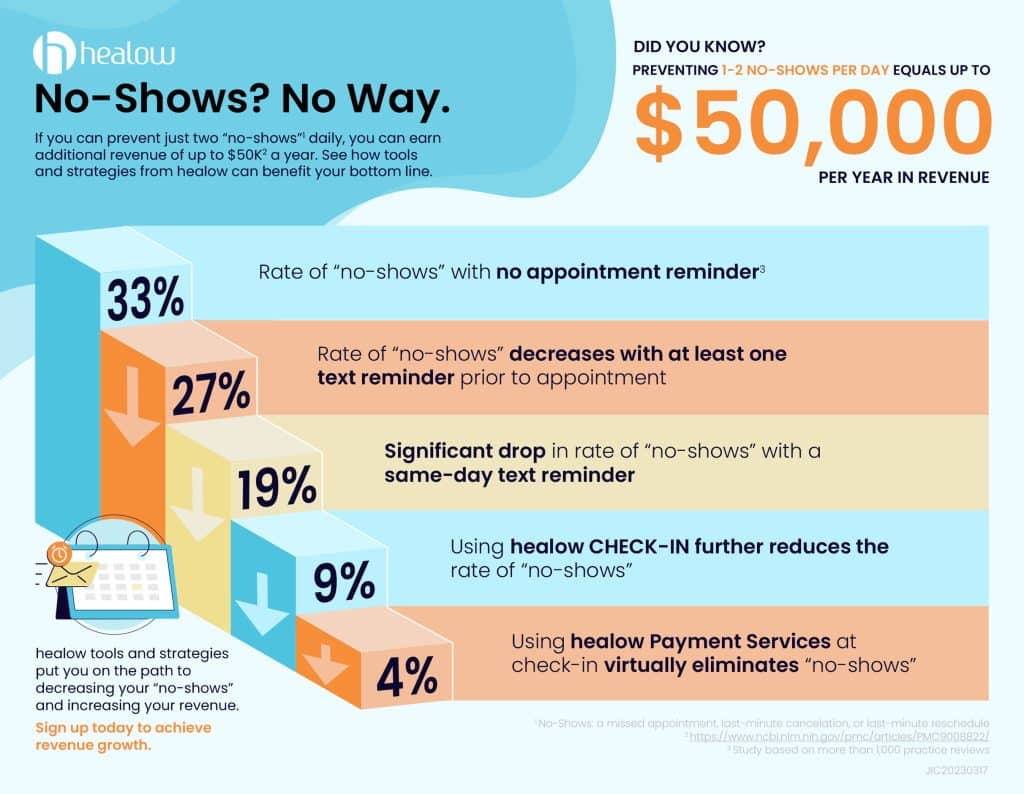
Re-engaging Canceled and Rescheduled Appointments
Text reminders won’t directly improve your “no-show” rate in all cases. The reminder may lead to a cancelation or rescheduling. In those cases, you have an opportunity to fill the spot with another patient. Publish newly open slots to your Waiting List. A wait-list patient can move into the spot, increasing the chance they’ll get needed attention as well as the financial benefit you get from recapturing the appointment.
If you get a “last minute” cancelation or rescheduling, you may still be able to recover the appointment. If the last-minute change is due to a transportation or travel issue, perhaps a televisit will suffice. This can save the appointment, and even encourage more frequent visits due to its convenience.
Each of these strategies could reduce the rate of “no-shows” even further.
Conclusions
Not every no-show is preventable, but there are tools that practices can utilize that can help reduce “no-shows,” keep patients engaged and informed, and improve health outcomes for patients and the bottom line for practices.
References
- https://bmcmedicine.biomedcentral.com/articles/10.1186/s12916-018-1234-0
- https://www.forbes.com/sites/sachinjain/2019/10/06/missed-appointments-missed-opportunities-tackling-the-patient-no-show-problem/?sh=1ee51f23573b
- https://www.ncbi.nlm.nih.gov/pmc/articles/PMC6710029/
- https://www.mdlinx.com/article/no-shows-why-they-happen-and-how-to-stop-them/3VNWiuHzouMAbnykFHoaTM
- https://www.floatcare.net/post/missed-medical-appointments
- https://www.ncbi.nlm.nih.gov/pmc/articles/PMC9008822/





